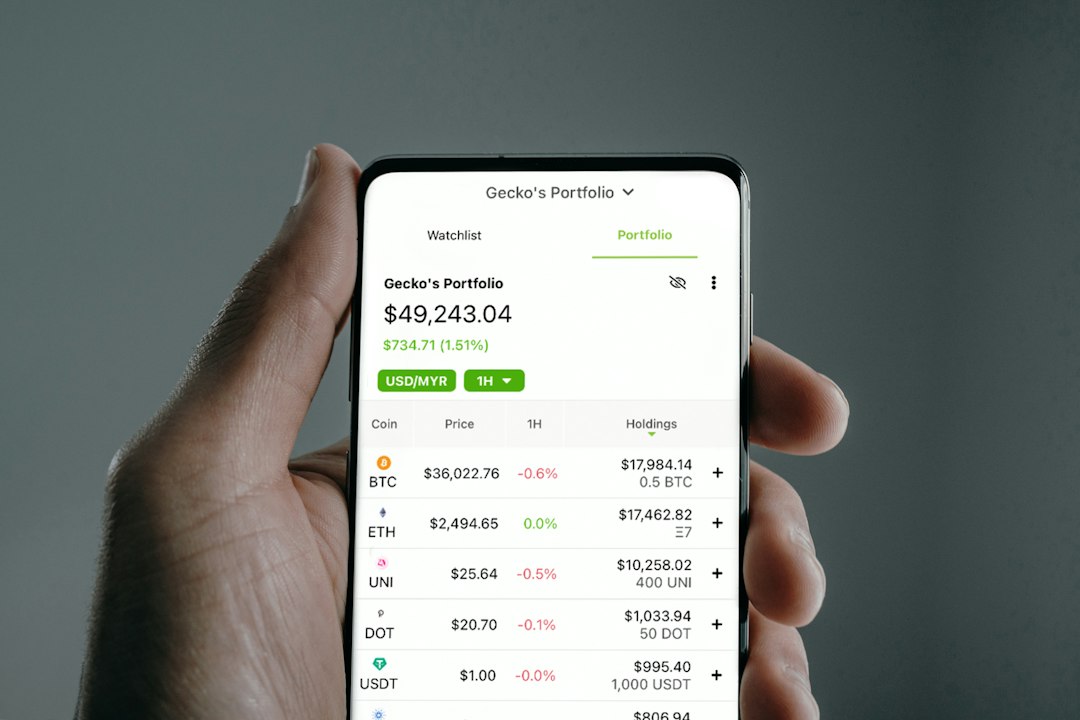The Rise of Creditcoin: Exploring the Potential of a Blockchain-based Credit System
Are you tired of the limitations and inefficiencies of traditional credit systems? Have you ever wondered if there could be a better way to access and utilize credit? The rise of Creditcoin, a blockchain-based credit system, is offering new possibilities and disrupting the financial industry. In this article, we will explore the potential of Creditcoin and how it could revolutionize the way we think about credit. So buckle up and get ready to dive into the future of lending and borrowing!
What is Creditcoin?
Creditcoin is a cryptocurrency that aims to create a decentralized credit ecosystem. It leverages the power of blockchain technology to enable secure and efficient lending and borrowing without the need for intermediaries. By utilizing smart contracts, Creditcoin allows individuals and businesses to lend and borrow funds directly from each other, streamlining the credit process and reducing transaction costs.
How does Creditcoin work?
Creditcoin utilizes a proof-of-stake consensus mechanism, empowering its users to validate transactions and secure the network. By holding Creditcoin in their wallets and staking them, users contribute to the network’s security and consensus. This not only ensures the integrity of the credit system but also provides an opportunity for users to earn passive income through staking rewards.
When it comes to lending and borrowing, Creditcoin makes use of a reputation-based algorithm. Borrowers build their reputation by repaying previous loans on time, establishing trust within the ecosystem. Lenders can view borrowers’ reputations and make informed decisions about whom to lend to. This creates a transparent and accountable credit system, reducing the risk of default and fraud.
The Benefits of Creditcoin
So why should you consider Creditcoin? Let’s explore some of the benefits it offers:
1. Accessibility: Creditcoin removes the barriers and red tape often associated with obtaining credit. Anyone with an internet connection can participate in the credit ecosystem, regardless of their location or financial background.
2. Lower costs: By eliminating intermediaries, Creditcoin reduces transaction costs and eliminates unnecessary fees. This makes borrowing more affordable for individuals and businesses.
3. Faster transactions: Traditional credit processes can be time-consuming, involving extensive paperwork and approval delays. Creditcoin streamlines the process, allowing for faster and more efficient lending and borrowing.
4. Increased trust and security: Blockchain technology ensures transparency and immutability, minimizing the risk of fraud and manipulation. Smart contracts provide a secure and reliable framework for credit transactions, enhancing trust between borrowers and lenders.
The Potential Impact of Creditcoin
The potential impact of Creditcoin is vast. By democratizing access to credit, it empowers individuals and small businesses, allowing them to pursue their dreams and unlock their full potential. Moreover, Creditcoin has the potential to revolutionize the financial landscape in underserved regions where traditional credit institutions are scarce or unreliable.
Imagine a farmer in a remote village in Africa who wants to expand their agricultural business but lacks the necessary funds. With Creditcoin, they can connect with potential lenders from around the world and access the credit they need to grow their business. This opens up new opportunities and creates a global network of lenders and borrowers, fostering economic growth and inclusivity.
Key Challenges and Future Outlook
While Creditcoin offers promising solutions, it also faces challenges in its quest to revolutionize the credit industry. Regulatory frameworks and legal considerations, scalability, and adoption hurdles are some of the obstacles that need to be overcome for its widespread implementation.
However, as blockchain technology continues to mature and gain acceptance, the potential of Creditcoin remains bright. Its efficient and decentralized nature has the power to reshape the credit landscape, enabling more individuals and businesses to access the financial resources they need to thrive.
Conclusion
In conclusion, Creditcoin represents a significant step forward in creating a blockchain-based credit system. With its accessibility, lower costs, faster transactions, and increased trust and security, Creditcoin has the potential to disrupt the traditional lending and borrowing landscape. By unlocking credit opportunities for individuals and businesses worldwide, Creditcoin paves the way for a more inclusive and efficient financial future.
FAQs
Q: How can I start using Creditcoin?
A: To start using Creditcoin, you need to set up a digital wallet that supports the cryptocurrency. Once you have a wallet, you can acquire Creditcoin through exchanges or participate in the network by staking your existing holdings.
Q: Is Creditcoin secure?
A: Creditcoin utilizes blockchain technology, which provides inherent security through cryptography and immutability. Smart contracts on the blockchain ensure transparent and secure lending and borrowing transactions.
Q: Can I earn passive income with Creditcoin?
A: Yes, by staking your Creditcoin holdings and contributing to the network’s security, you can earn passive income through staking rewards.
Q: Are there any fees associated with Creditcoin?
A: While Creditcoin eliminates many traditional transaction fees and intermediaries, there may be minimal network fees associated with using the cryptocurrency and participating in the credit ecosystem.
Q: Can Creditcoin be used for international lending and borrowing?
A: Yes, Creditcoin’s decentralization and global accessibility enable international lending and borrowing opportunities. This allows borrowers and lenders from different countries to connect and participate in the credit system.
Q: What is the potential impact of Creditcoin in developing countries?
A: Creditcoin has the potential to significantly impact the financial landscape in developing countries by providing accessible credit for small businesses and individuals. It can foster economic growth, empower underserved communities, and bridge the gap between traditional financial institutions and those in need of credit.





 By
By
 By
By

 By
By
 By
By
 By
By